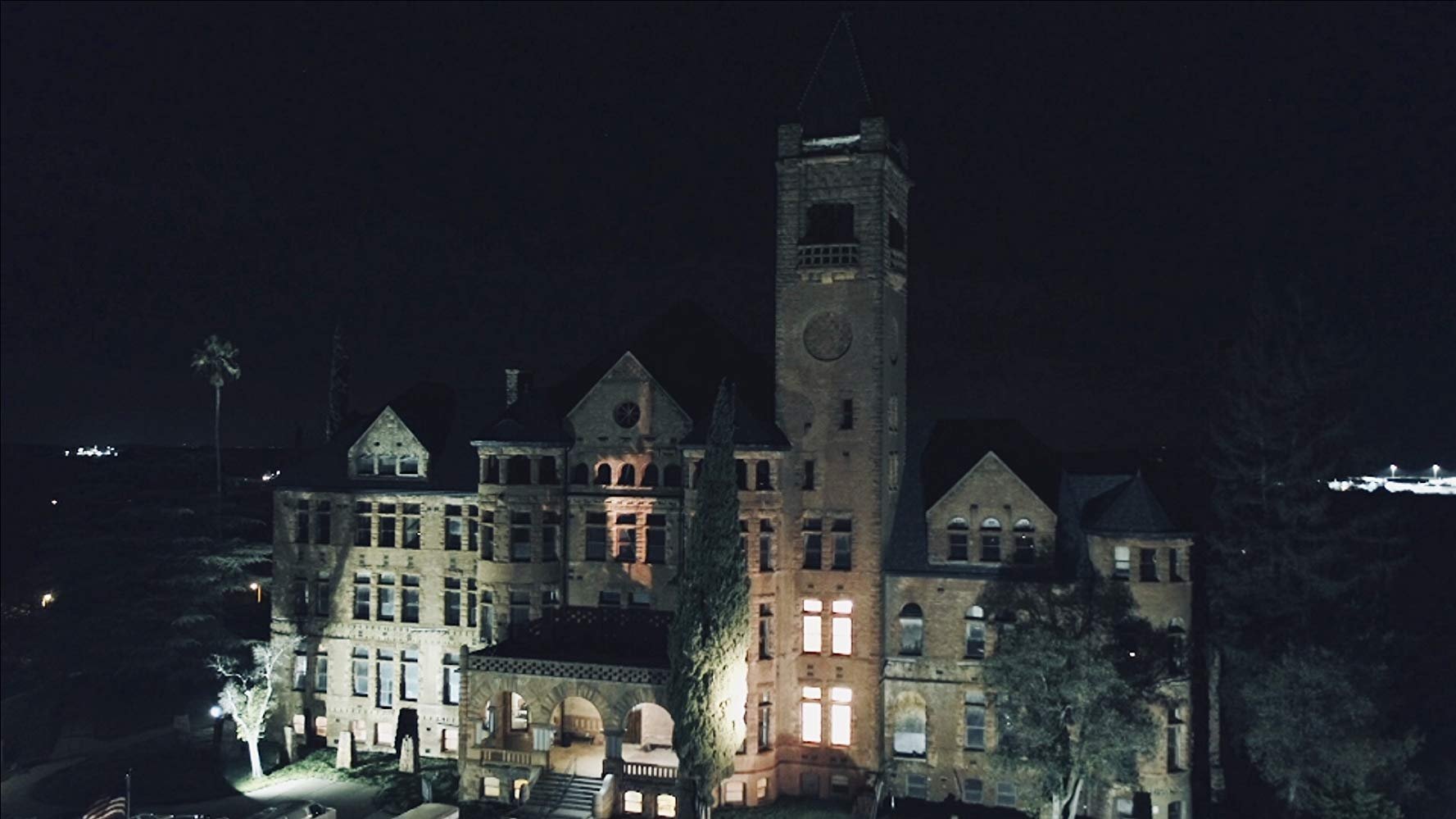

She entrusted one secret to each of the two children, which they wrote down and delivered to Pope Pius IX.įebruary 11 in the General Roman Calendar Ī 14-year-old shepherd girl named Bernadette Soubirous reported seeing Mary appear to her while she was out gathering firewood in the countryside. Two shepherd children reported seeing an apparition of Mary, who was weeping because of the disrespect shown to the Lord's Day and to the Lord's name. September 19 in the Roman Calendar for France Mount Sous-Les Baisses, La Salette-Fallavaux, France The design on the reverse includes the letter M and a cross. The front of the medal displays a picture of Mary as Catherine described her. November 27 in the Roman Calendar for Venezuela and the Vincentian orders Ĭatherine, a novice at the Daughters of Charity of Saint Vincent de Paul, reported that Mary appeared to her one night in the convent chapel and asked that a specific medallion be made, promising that "all who wear this medal will receive great graces." The medal eventually produced is most commonly known as the Miraculous Medal due to the many miracles that were connected with it. Over the years, Our Lady of Guadalupe became a symbol of the Catholic faith in Mexico and the Mexican diaspora. The cloak is on display at the Basilica of Our Lady of Guadalupe in Mexico City. In response, during another appearance to Juan Diego three days later, after also appearing to Diego's sick uncle Juan Bernardino, Our Lady imprinted an image of herself on Juan Diego's cloak (tilma). The local bishop did not believe his story. Juan Diego, an Aztec who had recently converted to the Catholic faith, saw an apparition of Mary early in the morning on December 9, 1531, during which Mary asked that a church be built in the spot of the apparition. The criterion used here is that the Holy See must have approved the widespread veneration of the apparition by inscribing it on a liturgical calendar besides that of the particular diocese in which the apparition occurred.ĭecember 12 in the General Roman Calendar Because Holy See approval can only be claimed based on informal indicators of endorsement, lists of "Vatican-approved Marian apparitions" vary widely depending on the criteria used. Even in cases in which the Congregation for the Doctrine of the Faith cooperates with an investigation that yields a positive result, the consequent approval derives its authority from the local bishop, not from the Holy See. However, under the norms of Normae Congregationis, the only formal mechanisms for Holy See approval of an apparition would be the pope approving an apparition that had occurred in the Diocese of Rome, or the pope approving an apparition against the will of the local bishop, neither of which has happened to date. The apparitions in this category have been judged to be "worthy of belief."Īpproved, with widespread liturgical veneration endorsed by the Holy See Ī distinction is sometimes made between apparitions that are "Vatican approved" and those that are not. If, after an investigation, the bishop determines that the apparition constitutes an authentic supernatural appearance of the Blessed Virgin Mary, then the apparition is considered approved for the entire Catholic Church, unless his successor or the Holy See were to overturn his decision.

According to norms of the Catholic Church which have been in effect since the Council of Trent in the 16th century, the initial responsibility of evaluating the merits of any purported apparition falls to the bishop of the area in which the events allegedly occurred.


 0 kommentar(er)
0 kommentar(er)
